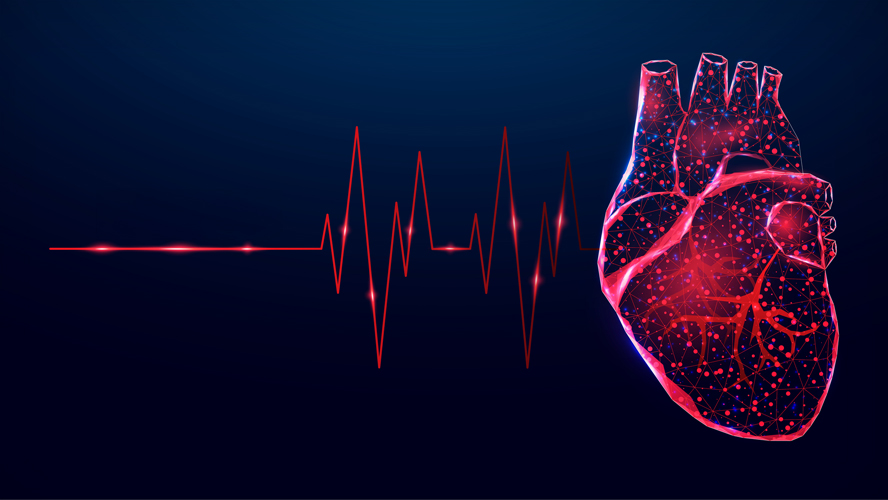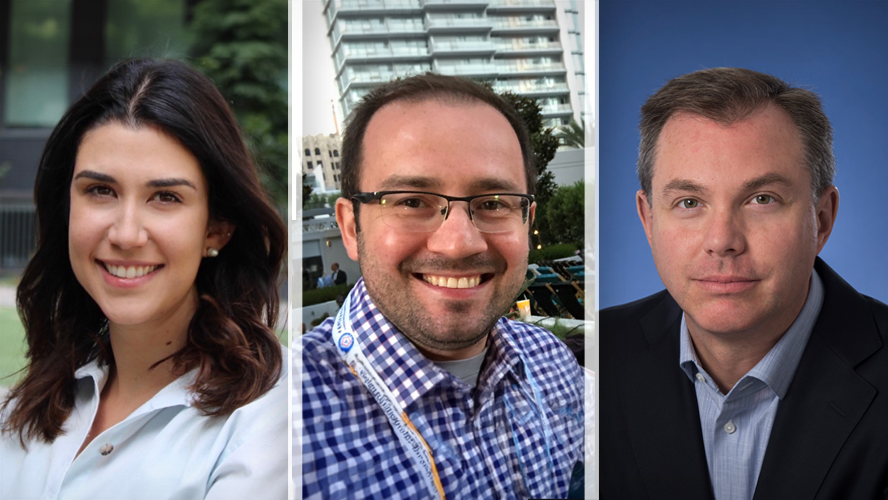
A recent study led by McEwen Stem Cell Institute researchers at UHN found that simply using gene-edited stem cell-derived heart cells to replace damaged heart tissue was insufficient in preventing life-threatening arrhythmias. This work suggests that more complex approaches are needed to overcome critical irregular heartbeats.
Heart disease is a leading cause of death worldwide, with heart attacks often leaving lasting damage to the heart. Scientists have been exploring the use of human stem cell-derived heart cells, known as cardiomyocytes, to regenerate damaged heart tissue. However, a significant challenge has emerged as these transplanted cells sometimes trigger irregular heartbeats or arrhythmias.
To address this issue, a research team led by Dr. Michael Laflamme, Senior Scientist at the McEwen Stem Cell Institute and senior author of the study, targeted a specific regulator of the heart’s electrical behaviour, the HCN4 ion channel. This HCN4 protein provides heart muscle cells with pacemaker activity and is known to contribute to abnormal electrical activity in stem cell-derived heart muscle cells.
The team used advanced gene-editing tools to create modified heart cells with a less active HCN4 ion channel, aiming to reduce the risk of arrhythmias. However, upon transplantation into damaged heart cells, the researchers found that both the modified and unmodified cells still caused frequent arrhythmias.
“These results were surprising,” said Dr. Rocco Romagnuolo, who previously worked as a postdoctoral fellow in Dr. Michael Laflamme’s lab and is a co-first author of the study. “Despite evidence suggesting that the modification helped reduce the activity of this ion channel in the transplanted heart muscle cells, this strategy alone was not enough to prevent arrhythmias.”
Dr. Fanny Wulkan, a postdoctoral fellow in Dr. Laflamme’s lab and co-first author of the study adds, “This study highlights the critical reality of cardiac regeneration research: while it looks promising in the lab, translating these results to real-world therapies presents significant challenges. We need to better understand how these transplanted cells interact with the heart and target the factors that may contribute to the arrhythmia risk.”
As researchers continue to push the boundaries of regenerative medicine, studies like this are crucial to ensuring that new treatments are not only effective but also safe for patients. Future work will focus on identifying additional strategies to enhance the safety of these therapies.
This work was supported by UHN Foundation, the Canada Research Chairs Program, the University of Toronto’s Medicine by Design, and BlueRock Therapeutics. Dr. Michael Laflamme is a Professor in the Department of Laboratory Medicine and Pathobiology at the University of Toronto. Dr. Laflamme also holds a Canada Research Chair in Cardiovascular Regenerative Medicine.
Dr. Michael Laflamme is a scientific founder and paid consultant for BlueRock Therapeutics (BRT). Rocco Romangnuolo is a current BRT employee and Kyung-Phil Kim was a previous BRT employee.
#Wulkan F, #Romagnuolo R, Qiang B, Valdman Sadikov T, Kim KP, Quesnel E, Jiang W, Andharia N, Weyers JJ, Ghugre NR, Ozcan B, Alibhai FJ, Laflamme MA. Stem cell-derived cardiomyocytes expressing a dominant negative pacemaker HCN4 channel do not reduce the risk of graft-related arrhythmias. (link is external) Front Cardiovasc Med. 2024 Jul 9. doi: 10.3389/fcvm.2024.1374881.
# Both authors contributed equally.

(L-R) Drs. Fanny Wulkan, postdoctoral researcher in the lab of Dr. Michael Laflamme; Rocco Romagnuolo, previous postdoctoral fellow in the lab of Dr. Laflamme; and Dr. Michael Laflamme, Senior Scientist at the McEwen Stem Cell Institute.




